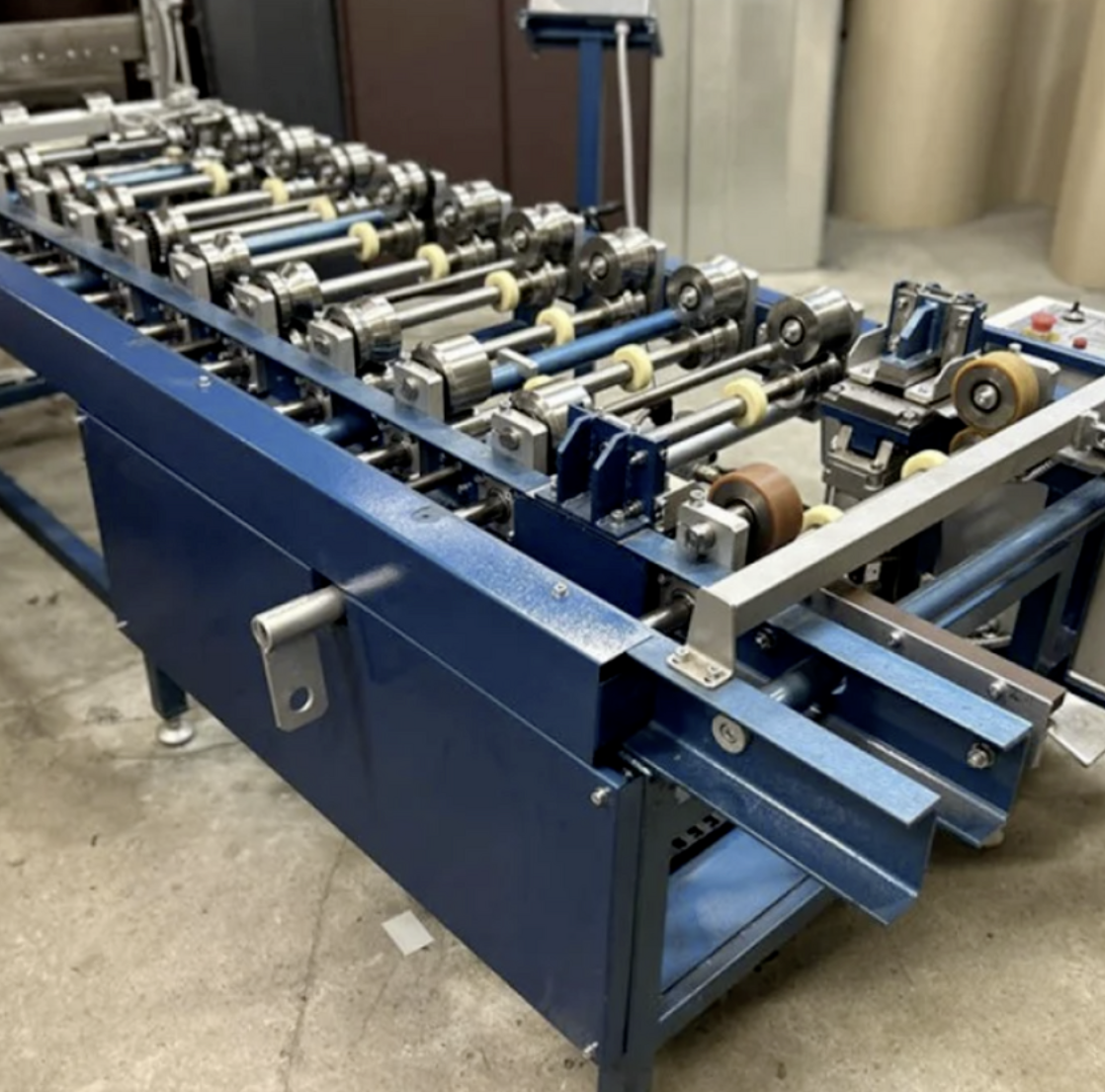
Posted on Monday, November 25, 2024
Roll forming machines are essential for industries involved in metal fabrication, construction, and manufacturing. Spain, with its unique industrial requirements and power supply standards, presents specific considerations for buyers of both new and used roll forming machines. This guide provides insights into making the right choice for your business needs.
Advantages of New Machines:
Considerations:
Advantages of Used Machines:
Considerations:
Q1: What profiles are most in demand in Spain?
A1: Roofing panels, cladding, and structural profiles for residential and commercial construction are popular. Agricultural profiles for greenhouses are also common.
Q2: Should I buy a new or used machine?
A2: If you require high precision, advanced technology, and long-term warranty, opt for a new machine. For smaller budgets or simpler production needs, a used machine can be a viable option.
Q3: How do I ensure compatibility with Spain’s power supply?
A3: Check the machine’s voltage and phase requirements. Spain uses 230V single-phase and 400V three-phase systems. Use a transformer if needed.
Q4: What is the typical lead time for a new roll forming machine?
A4: Lead times vary by manufacturer but generally range from 3 to 6 months for customized machines.
Q5: Are there specific EU regulations to follow?
A5: Yes, ensure the machine meets EU CE marking requirements for safety, health, and environmental protection standards.
Q6: How do I find spare parts and maintenance support in Spain?
A6: Work with local distributors or manufacturers with a presence in Spain. Alternatively, source parts from reputable suppliers online.
This guide aims to simplify the process of purchasing a roll forming machine in Spain. Whether you choose a new or used machine, consider your specific needs, local regulations, and the factors outlined here to make an informed decision.
4o
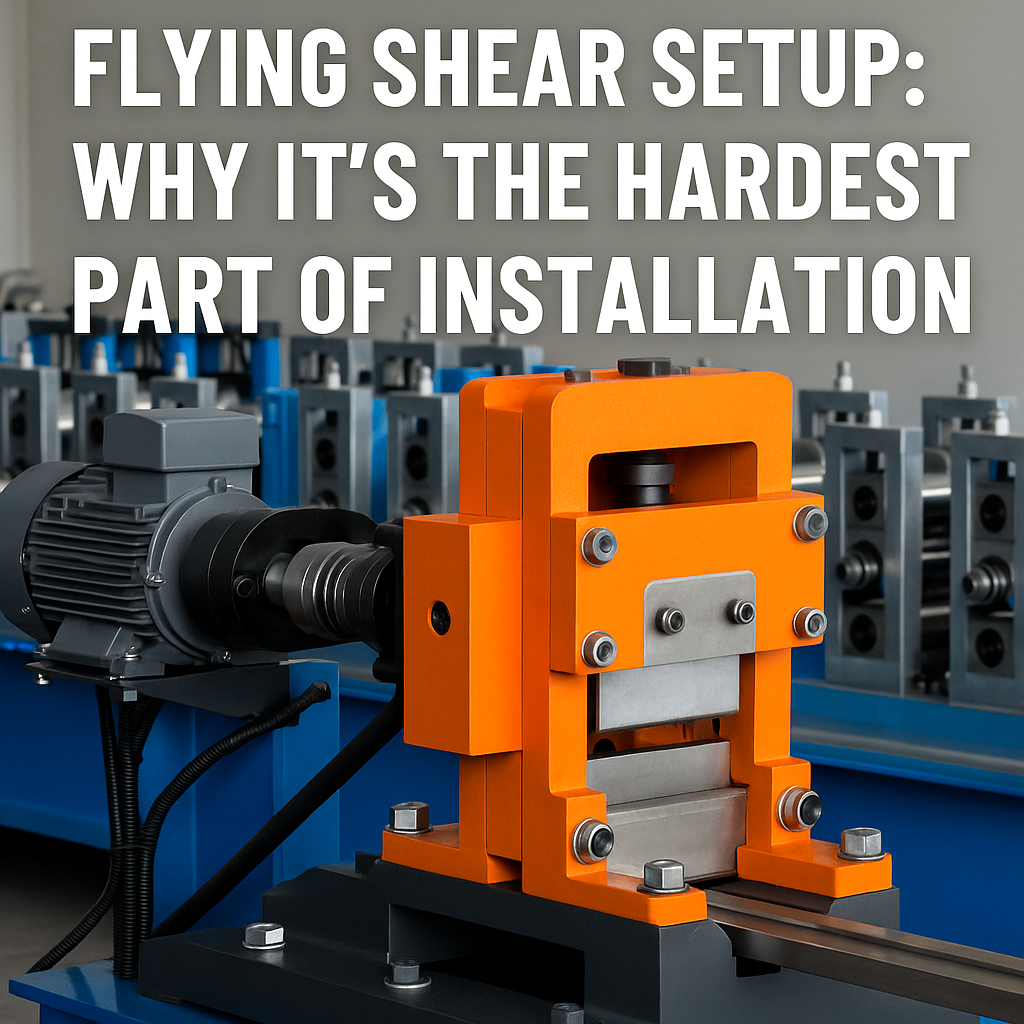
Flying Shear Setup: Why It’s the Hardest Part of Roll Forming Machine Installation
Posted on Monday, November 24, 2025
If you want a header image, meta description, or series continuation, just tell me.
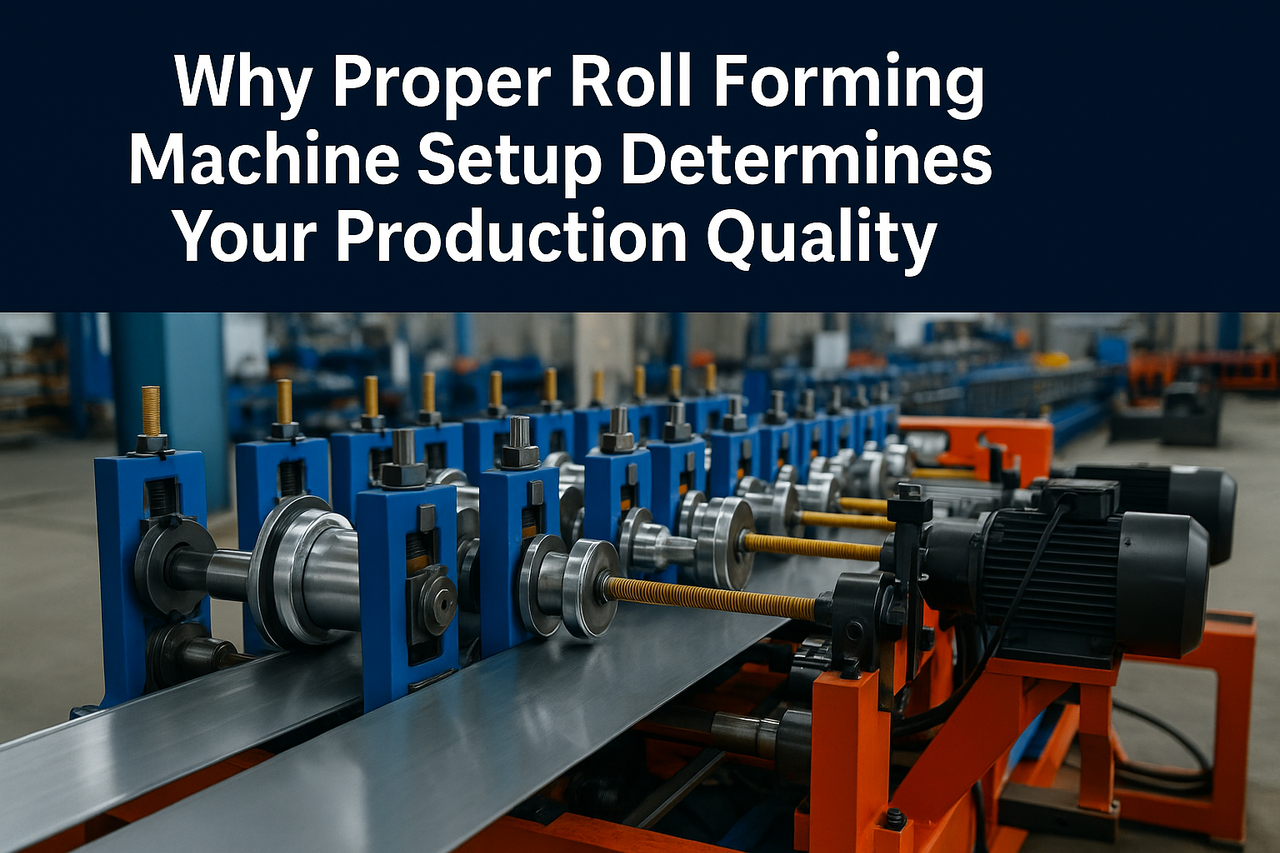
Why Proper Roll Forming Machine Setup Determines Your Production Quality
Posted on Monday, November 24, 2025
The #1 factor that decides accuracy, scrap rate, speed, and consistency.
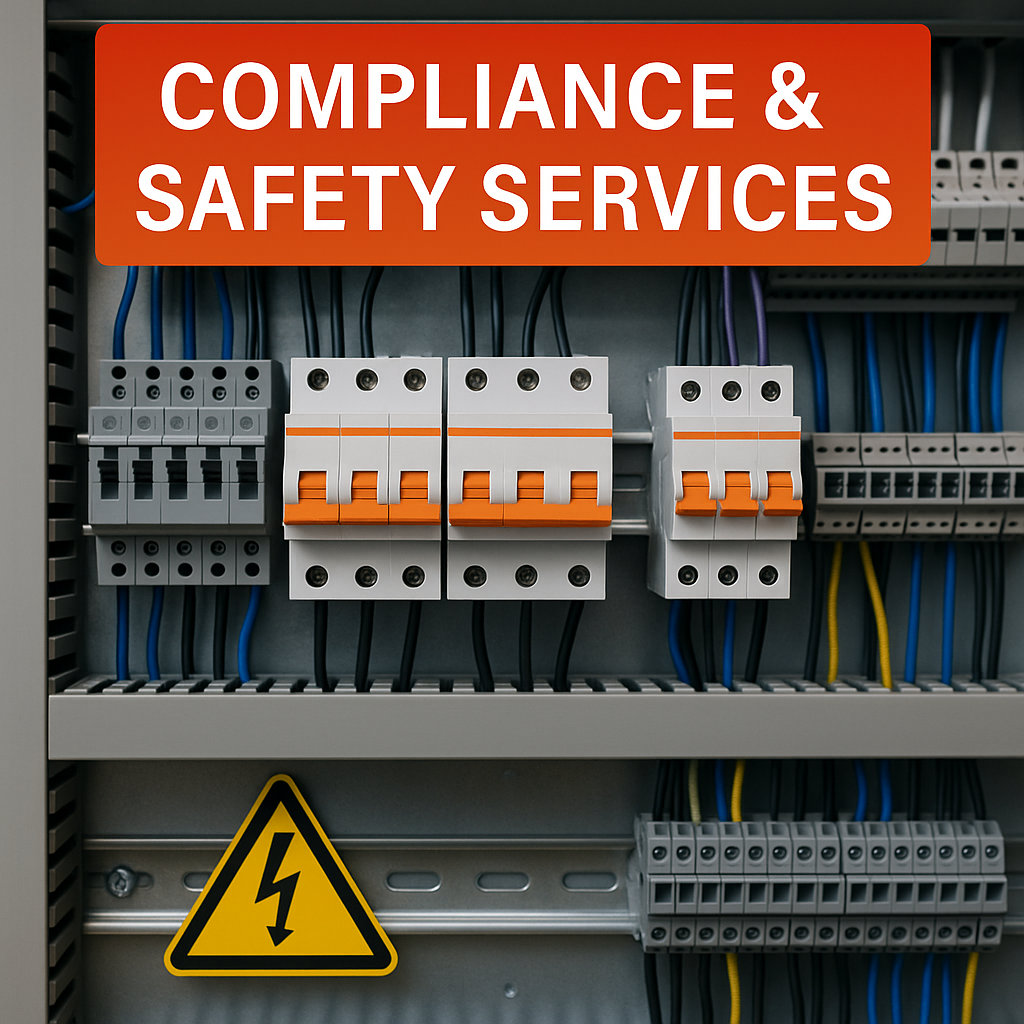
Compliance & Safety Services for Roll Forming Machines — Full Guide
Posted on Sunday, November 23, 2025
How Machine Matcher keeps your machines safe, legal, and fully compliant with CE, UL, and UKCA standards.
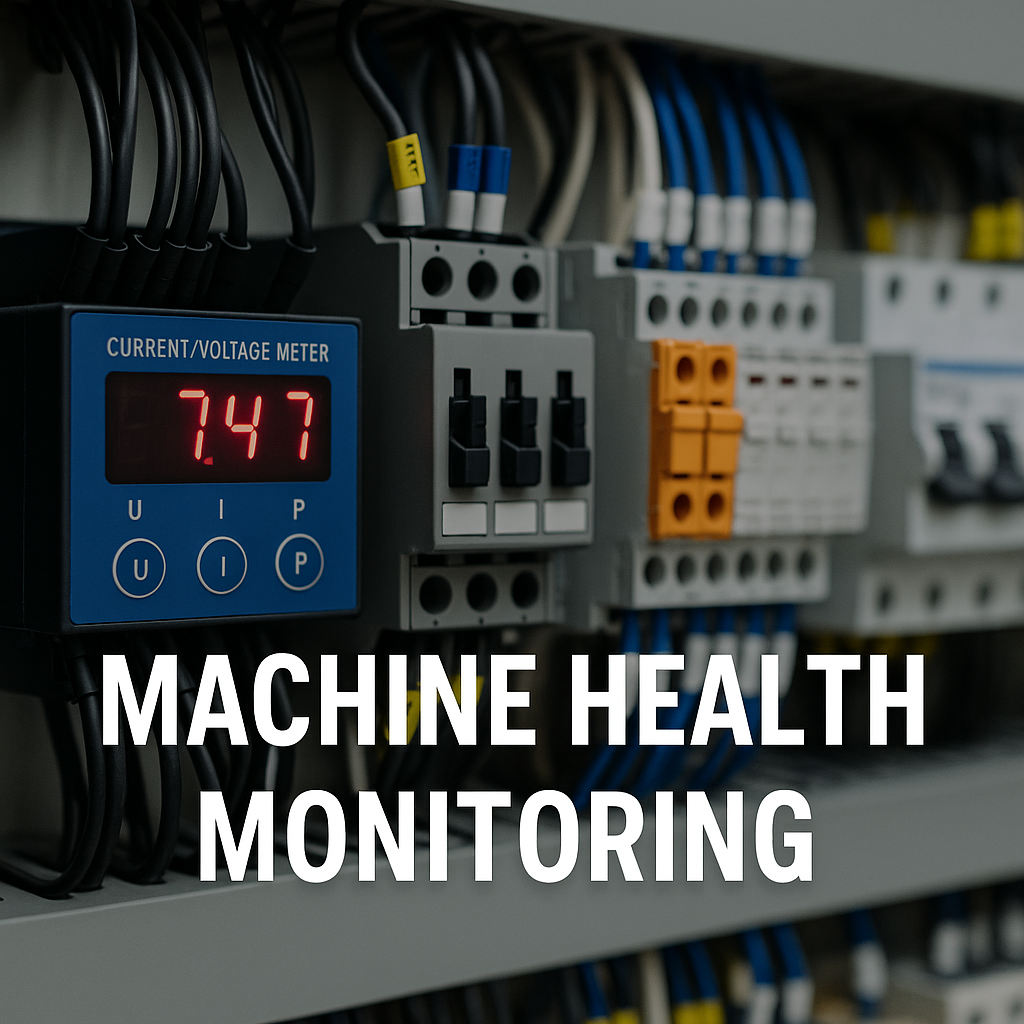
Machine Health Monitoring for Roll Forming Machines — Complete Diagnostic Service Guide
Posted on Sunday, November 23, 2025
Continuous diagnostics that prevent breakdowns, reduce downtime, and extend machine life.
Copyright 2025 © Machine Matcher.